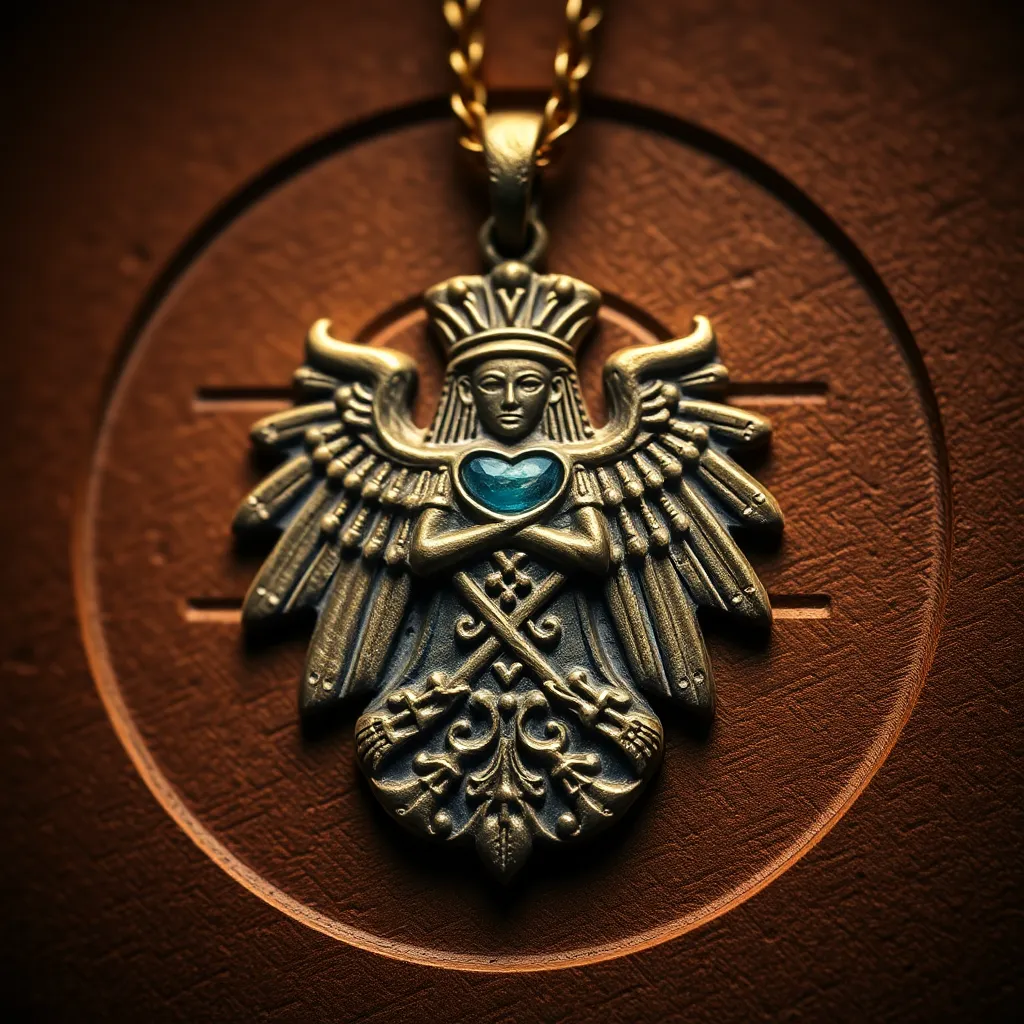The Role of Amulets in Egyptian Love Magic
I. Introduction
Egyptian love magic is a fascinating subject that delves into the intertwining of romance, spirituality, and daily life in ancient Egypt. Love was deemed a vital force that influenced not only personal relationships but also societal dynamics. Within this context, amulets played a crucial role, serving as protective charms and conduits for various magical intentions, particularly those related to love and attraction. This article aims to explore the significance of amulets in ancient Egyptian love magic, examining their historical context, types, and enduring legacy.
II. Historical Context of Love Magic in Ancient Egypt
Love magic in ancient Egypt was a complex practice that encompassed rituals, spells, and the use of amulets. It was believed that love could be cultivated and manipulated through these magical means. Love held immense significance in Egyptian society, often linked to fertility, family bonds, and social stability.
Key deities associated with love and attraction included:
- Hathor: Goddess of love, beauty, and joy.
- Isis: Goddess of magic and motherhood, often invoked for love spells.
- Bes: A protector of households and families, symbolizing love and happiness.
III. Understanding Amulets in Egyptian Beliefs
Amulets were integral to ancient Egyptian culture, defined as objects believed to carry protective qualities or magical powers. Their purposes varied widely, from safeguarding the wearer from harm to enhancing fertility and love.
Types of amulets used in ancient Egypt included:
- Heart Scarabs: Symbolized rebirth and love.
- Lotus Flowers: Represented purity and new beginnings.
- Eye of Horus: A symbol of protection and healing.
The materials used for crafting amulets were also significant, with popular choices being:
- Stone: Often carved into shapes of deities or symbols.
- Metal: Gold and silver were favored for their perceived magical properties.
- Glass and Faience: Used for colorful and intricate designs.
IV. Amulets Specifically for Love Magic
Love amulets often featured specific symbols and inscriptions intended to invoke romantic feelings or attract partners. Common symbols included:
- Hearts: Representing love and affection.
- Couples: Depictions of lovers, signifying union.
- Hieroglyphics: Spells or names written to enhance potency.
Rituals associated with love amulets typically involved invoking deities, reciting spells, and anointing the amulet with oils or perfumes. Case studies from archaeological finds have revealed notable love amulets, such as:
- The amulet of a couple entwined, found in a tomb in Thebes.
- A scarab inscribed with a love spell, discovered in a burial site.
V. The Process of Creating Love Amulets
The creation of love amulets was a ritualistic practice that involved various steps to imbue the object with magical properties. Priests and practitioners played a vital role in this process, often performing ceremonies that necessitated specific chants and offerings.
Timing was crucial, as the lunar calendar and astrological alignments were believed to influence the efficacy of the amulets. Special dates, such as the waxing moon, were preferred for love-related rituals to enhance attraction and emotional connections.
VI. Amulets in Everyday Life: Usage and Beliefs
In everyday life, Egyptians incorporated amulets into their attire and personal belongings. It was common to wear them as necklaces, bracelets, or even sewn into clothing. Egyptians believed that these amulets provided protection and facilitated romantic encounters.
Historical accounts and testimonials indicate that many individuals attributed their romantic successes to the effectiveness of love amulets. Gender roles also played a part in the use of these magical objects, with women often relying on love amulets to attract partners, while men might use them for protection in romantic pursuits.
VII. The Decline of Love Amulets and Their Modern Legacy
Over time, the practice of using love amulets began to decline due to various socio-political changes, including the rise of Christianity and shifts in cultural values. However, the influence of Egyptian love magic persists in modern culture.
Today, replicas of ancient love amulets are popular among those interested in spirituality and magic. These contemporary items often serve as tokens of love or reminders of the mystical qualities attributed to their ancient counterparts.
VIII. Conclusion
In conclusion, amulets played a vital role in the realm of Egyptian love magic, serving as tangible links between the physical and spiritual worlds. From their historical significance to their impact on daily life, love amulets encapsulate the beliefs and practices of ancient Egyptians surrounding love and attraction.
The enduring fascination with love magic and amulets highlights their importance in understanding ancient Egyptian culture and spirituality. As we delve into the past, we find that the quest for love and connection remains a timeless pursuit, echoing through the centuries.




